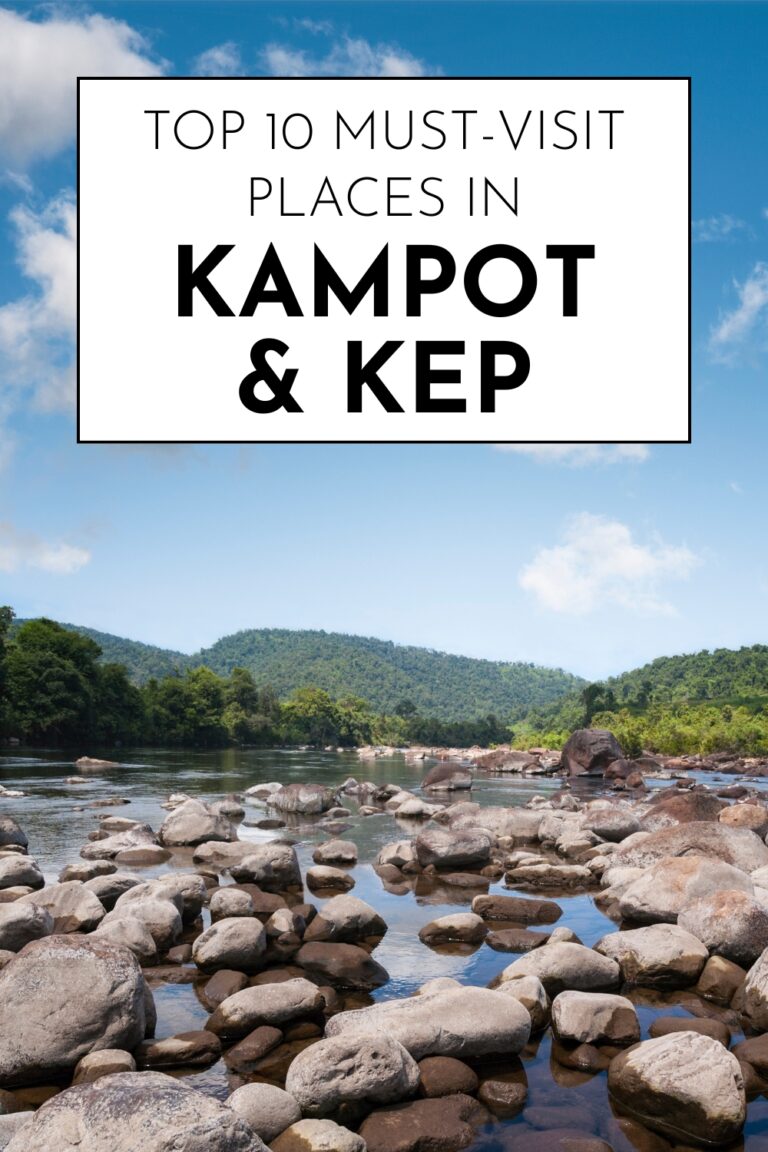In the southwestern corner of Cambodia, where the Teuk Chhou River meets the Gulf of Thailand, lies a pair of destinations that perfectly capture the country’s colonial charm and natural beauty. Kampot and Kep, two neighboring provinces just 25 kilometers apart, offer visitors an enchanting blend of French colonial architecture, pristine beaches, emerald mountains, and world-famous culinary traditions.
Kampot, a riverside town about 150 kilometers from Phnom Penh, has emerged as one of Cambodia’s most beloved destinations for travelers seeking authentic experiences. The town’s tree-lined streets showcase beautifully preserved colonial buildings, while the surrounding countryside produces the world’s finest black pepper and offers stunning karst mountain landscapes.
Kep, once known as the “Riviera of Cambodia,” was the seaside retreat of choice for French colonials and Cambodian elite in the 1960s. Despite suffering damage during the Khmer Rouge era, this coastal town has reclaimed its status as a peaceful paradise famous for its incredible seafood, particularly the legendary Kep crab.
What makes this region truly special is its perfect size for exploration. You can easily base yourself in either Kampot or Kep and explore both areas thoroughly. The relaxed pace of life, combined with affordable prices and genuine hospitality, creates an atmosphere that encourages visitors to slow down and savor each experience.
The journey between these two gems takes you through salt fields, pepper plantations, and fishing villages that seem untouched by time. Whether you’re interested in adventure activities, cultural immersion, culinary experiences, or simply relaxing by the water, Kampot and Kep offer a perfect escape from the busier tourist trails.
Let’s discover the ten most captivating places that make Kampot and Kep essential destinations for anyone exploring Cambodia’s coastal treasures.
1. Bokor National Park – Mountain Adventure
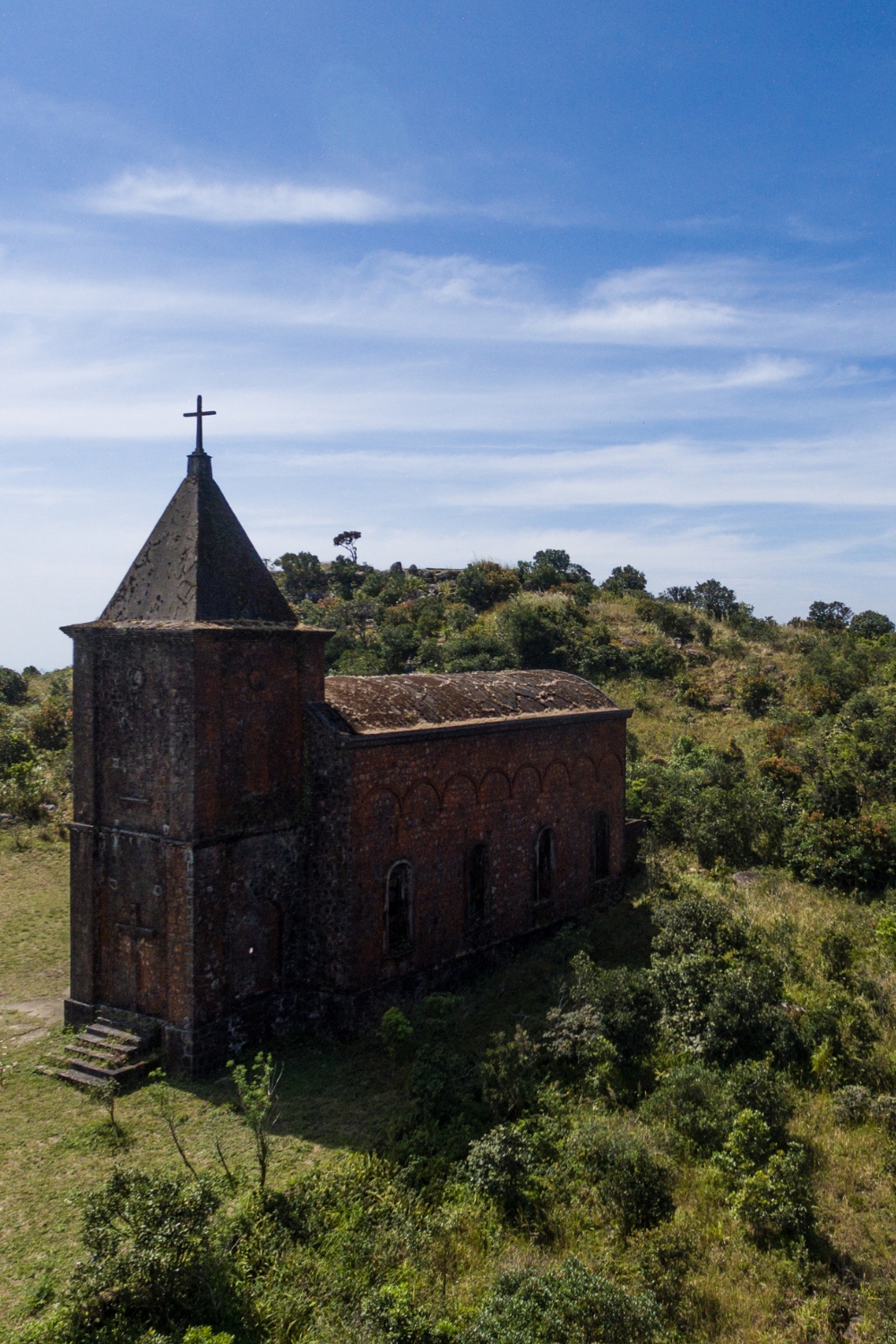
Bokor National Park stands as one of Cambodia’s most mysterious and captivating destinations, combining French colonial history with stunning natural beauty. This mountain plateau, rising 1,000 meters above sea level, offers cooler temperatures, spectacular views, and abandoned buildings that tell fascinating stories of Cambodia’s past.
Abandoned Hill Station and Ghost Town
The park’s most famous attraction is the abandoned hill station of Bokor, built by the French in the 1920s as a cool retreat from the coastal heat. The ruins include the iconic Bokor Palace Hotel, an old Catholic church, and various colonial buildings that create an eerily beautiful ghost town atmosphere.
These structures, partially reclaimed by jungle vegetation, offer glimpses into Cambodia’s colonial past while providing incredible photo opportunities. The misty mountain weather often shrouds the buildings in fog, creating an otherworldly atmosphere that feels like stepping into a movie set.
Dramatic Viewpoints and Natural Beauty
The park offers multiple viewpoints that provide breathtaking panoramas of the coastline, Kampot River, and surrounding mountains. On clear days, you can see all the way to Vietnam’s Phu Quoc Island, while misty conditions create mystical landscapes that change throughout the day.
The mountain’s unique ecosystem supports diverse wildlife and plant species adapted to the cooler climate. Waterfalls, including the impressive Popokvil Falls, add to the park’s natural attractions and provide refreshing swimming opportunities.
Distance from Kampot: 32 kilometers
Entry fee: $5 USD
Best time: Early morning for clearest views
Activities: Hiking, photography, historical exploration
2. Kep Crab Market – Culinary Paradise
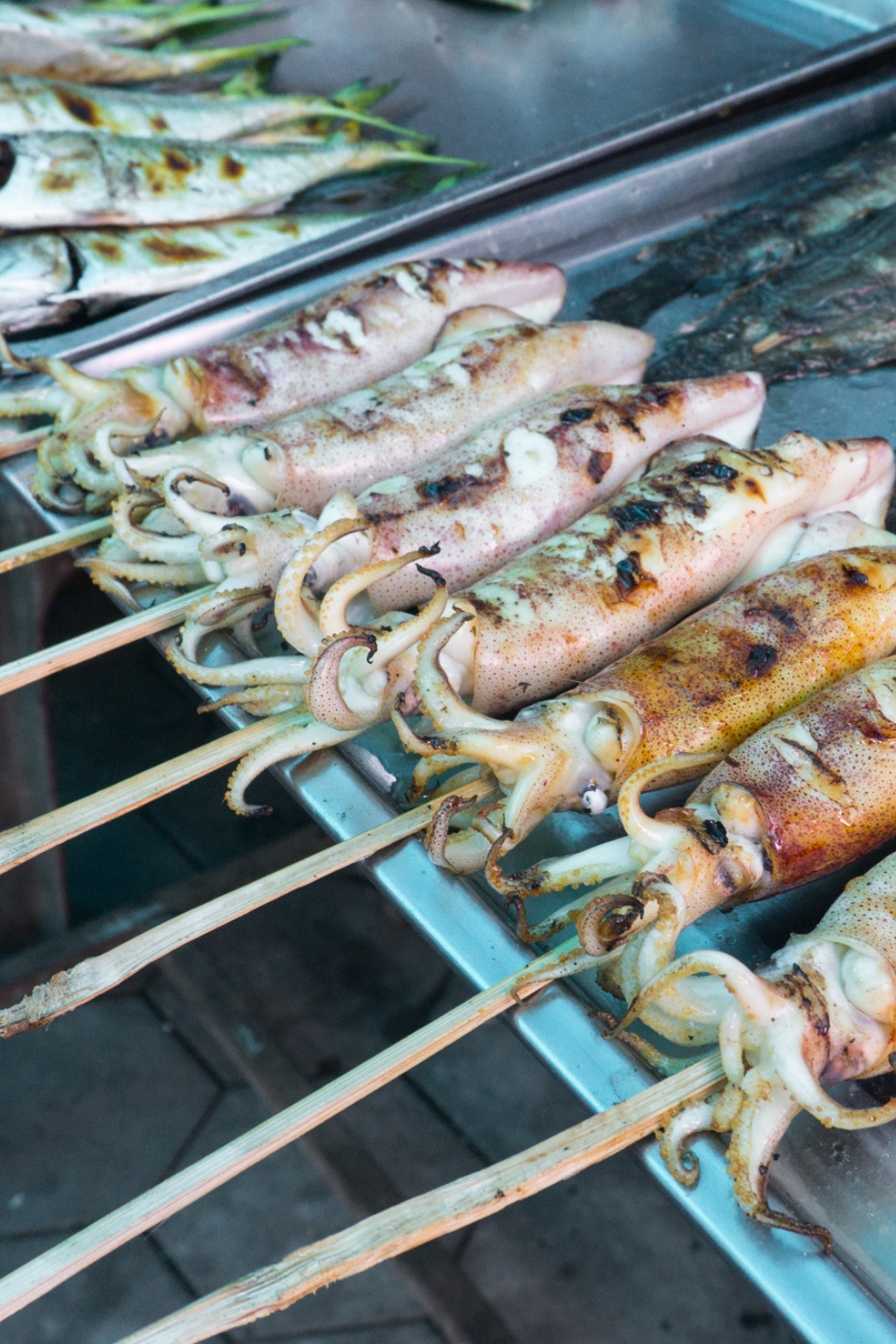
The Kep Crab Market represents the heart of Cambodia’s most famous coastal culinary experience. This bustling waterfront market comes alive each morning as fishing boats return with fresh catches, particularly the blue swimmer crabs that have made Kep famous throughout Southeast Asia.
Fresh Seafood and Local Specialties
The market offers the freshest possible seafood, with crabs, fish, squid, and prawns sold directly from the boats. The famous Kep crab, prepared with Kampot green peppercorns, represents one of Cambodia’s greatest culinary achievements and attracts food lovers from around the world.
Local restaurants surrounding the market prepare seafood in traditional Khmer styles, with the crab and green peppercorn dish being the absolute must-try specialty. The combination of sweet crab meat with the unique flavor of fresh Kampot pepper creates an unforgettable taste experience.
Authentic Market Atmosphere
The market provides an authentic glimpse into coastal Cambodian life, with fishing families, local vendors, and traditional practices continuing as they have for generations. The early morning hours offer the best selection and most vibrant atmosphere as the day’s catch is sorted and sold.
Watching the preparation of fresh crab dishes in the market’s restaurants provides entertainment and insight into local cooking techniques. The casual, open-air dining atmosphere lets you enjoy incredible food while observing daily life in this fishing community.
Best time: Early morning (6-10 AM)
Must-try: Kep crab with green peppercorns
Price range: $3-8 USD per dish
Atmosphere: Bustling, authentic, local
3. Kampot Pepper Plantations – Agricultural Heritage
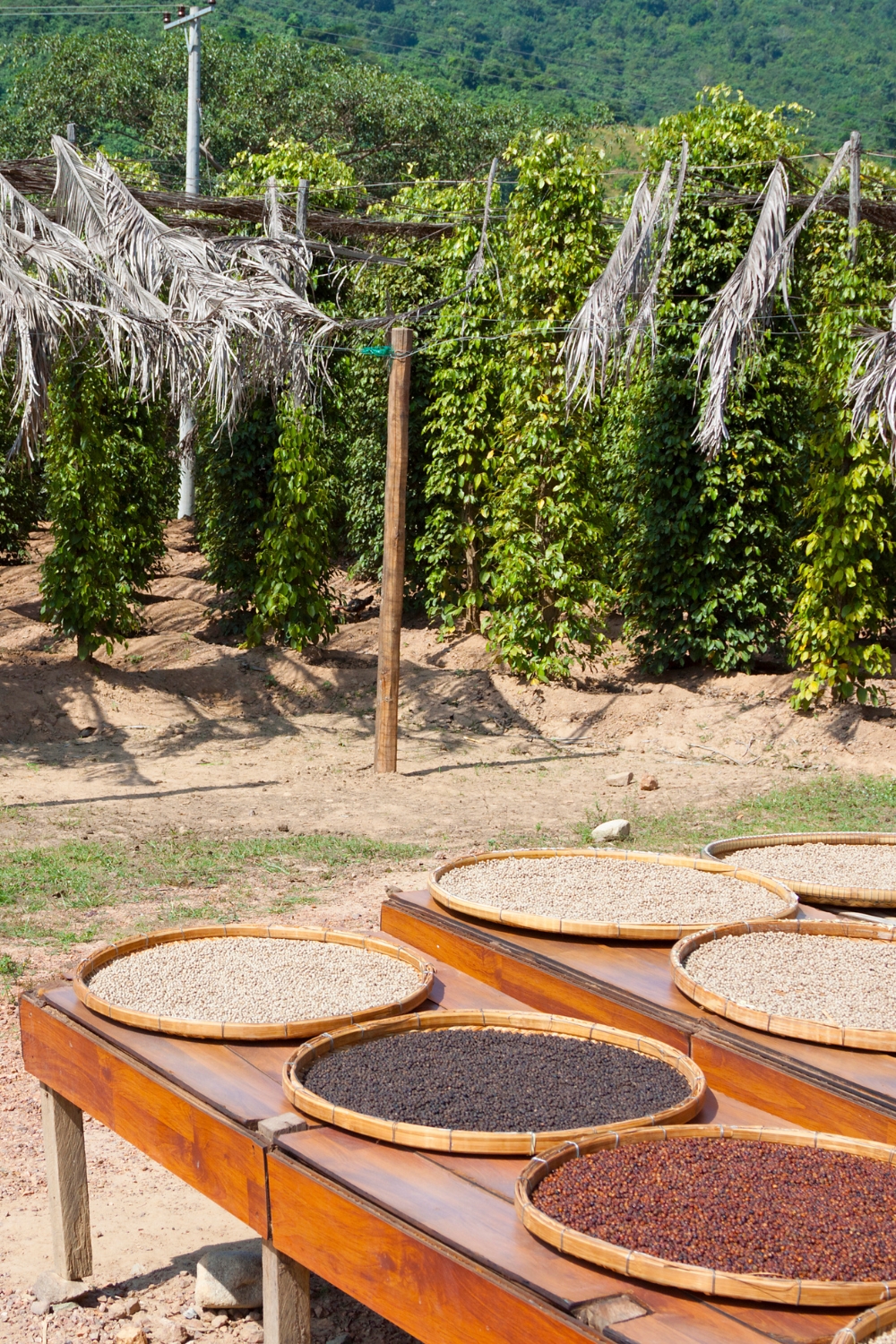
Kampot pepper has been recognized as among the world’s finest since the 13th century, and visiting the plantations offers insight into traditional cultivation methods that produce this extraordinary spice. The region’s unique soil and climate conditions create pepper with distinctive flavor profiles that have earned international recognition.
Traditional Cultivation Methods
The pepper plantations showcase traditional growing techniques passed down through generations. Pepper vines climb wooden posts in carefully tended gardens, with farmers using organic methods that maintain the soil’s natural balance and the pepper’s exceptional quality.
Guided tours explain the entire process from planting to harvest, including the differences between black, white, and red peppercorns. The harvesting and processing methods remain largely unchanged, preserving the authentic flavors that made Kampot pepper famous worldwide.
Tasting and Educational Experiences
Plantation visits include tastings that reveal the complex flavors of different pepper varieties. Fresh green peppercorns offer completely different taste experiences compared to the dried versions, with aromatic qualities that surprise even experienced cooks.
Many plantations offer cooking classes where visitors learn to prepare traditional dishes using fresh pepper. The educational component helps visitors understand why Kampot pepper commands premium prices and why it’s considered essential in fine dining establishments worldwide.
Tour duration: 2-3 hours
Best plantations: Sothy’s Spice Garden, Kampot Pepper Farm
Activities: Tastings, cooking classes, shopping
Educational value: High – traditional agriculture methods
4. Rabbit Island (Koh Tonsay) – Tropical Escape

Rabbit Island, a small tropical paradise just 20 minutes by boat from Kep, offers pristine beaches, crystal-clear waters, and the ultimate escape from modern life. This undeveloped island maintains its natural beauty with minimal infrastructure, creating a perfect day trip destination.
Pristine Beaches and Crystal Waters
The island’s beaches feature soft white sand and calm, clear waters perfect for swimming and snorkeling. Palm trees provide natural shade, while the absence of development maintains the untouched tropical atmosphere that’s increasingly rare in Southeast Asia.
The main beach offers basic facilities including simple restaurants serving fresh seafood and cold drinks. The relaxed atmosphere and stunning natural beauty make it easy to spend entire days simply enjoying the beach environment.
Island Exploration and Activities
Walking trails lead to different parts of the island, including secluded beaches and viewpoints that offer panoramic ocean views. The island’s small size makes it possible to explore thoroughly on foot, discovering hidden spots and enjoying complete privacy.
Basic snorkeling equipment is available for rent, and the clear waters provide good visibility for observing marine life. The island’s undeveloped nature means wildlife sightings are common, including various bird species and small land animals.
Boat trip: 20 minutes from Kep
Boat cost: $8-10 USD return
Facilities: Basic restaurants, no electricity
Best for: Day trips, beach relaxation, snorkeling
5. Kampot Riverside – Colonial Charm
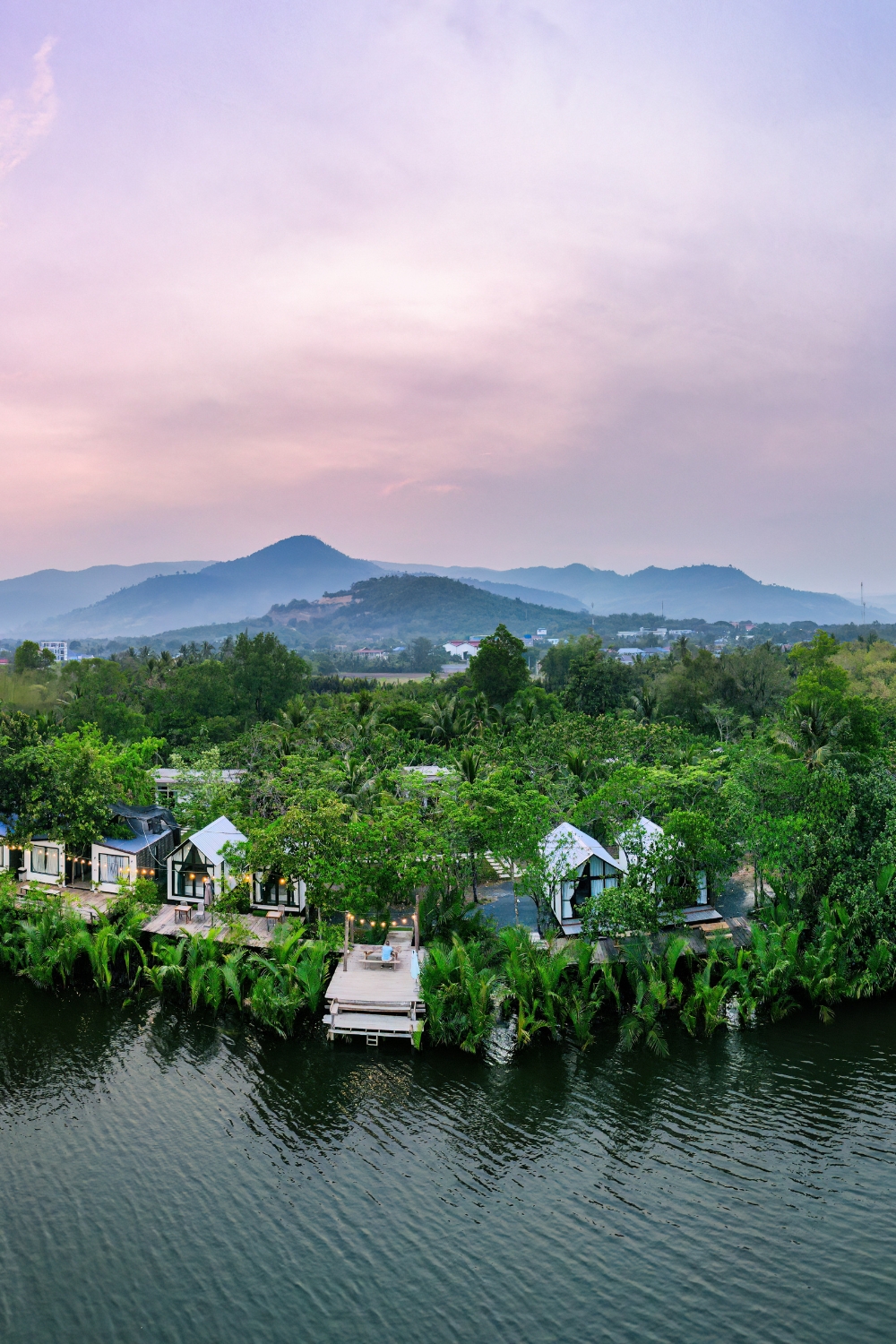
Kampot’s riverside area showcases the town’s colonial heritage with beautifully preserved French architecture, tree-lined streets, and a relaxed atmosphere that invites leisurely exploration. This historic district represents one of Cambodia’s best-preserved colonial townscapes.
French Colonial Architecture
The riverside streets feature dozens of colonial-era buildings in various states of preservation, from fully restored boutique hotels to atmospheric ruins slowly being reclaimed by nature. The architecture tells the story of Cambodia’s French colonial period through detailed facades, traditional shutters, and distinctive design elements.
Many buildings have been converted into cafes, restaurants, and guesthouses that maintain their historical character while providing modern amenities. The blend of preservation and adaptive reuse creates a unique atmosphere that honors the past while serving present needs.
Riverside Dining and Sunset Views
The riverfront promenade offers numerous dining options with terraces overlooking the Teuk Chhou River. Evening dining provides spectacular sunset views as the light reflects off the water and illuminates the historic buildings.
Local and international restaurants serve everything from traditional Khmer cuisine to French-inspired dishes that reflect the town’s colonial heritage. The relaxed pace and beautiful setting make riverside dining one of Kampot’s most enjoyable experiences.
Best time: Late afternoon and evening
Activities: Walking, dining, photography
Atmosphere: Relaxed, historic, romantic
Photo opportunities: Colonial architecture, sunset views
6. Phnom Chhnork Cave Temple – Sacred Underground
Phnom Chhnork combines natural cave formations with ancient Khmer temple architecture, creating one of Cambodia’s most unique religious sites. This 7th-century temple built inside a limestone cave offers both spiritual significance and geological wonder.
Ancient Temple Architecture
The cave temple features original Khmer stonework dating back over 1,300 years, with intricate carvings and religious sculptures that have been naturally preserved by the cave environment. The temple dedicated to Shiva represents some of the earliest examples of Khmer temple architecture.
The natural cave setting creates a mystical atmosphere enhanced by shafts of sunlight entering through openings in the limestone ceiling. The combination of human artistry and natural beauty creates a truly awe-inspiring experience.
Cave Exploration and Natural Features
The cave system extends beyond the temple area, with additional chambers featuring impressive stalactite and stalagmite formations. Guided tours explain both the geological processes that created the cave and the historical significance of the temple.
The cave maintains cool temperatures year-round, providing relief from the tropical heat while allowing visitors to explore at a comfortable pace. The natural acoustics create an otherworldly atmosphere that enhances the spiritual experience.
Distance from Kampot: 9 kilometers
Entry fee: $2 USD
Guide required: Yes (included in fee)
Historical period: 7th century AD
7. Kep National Park – Coastal Hiking
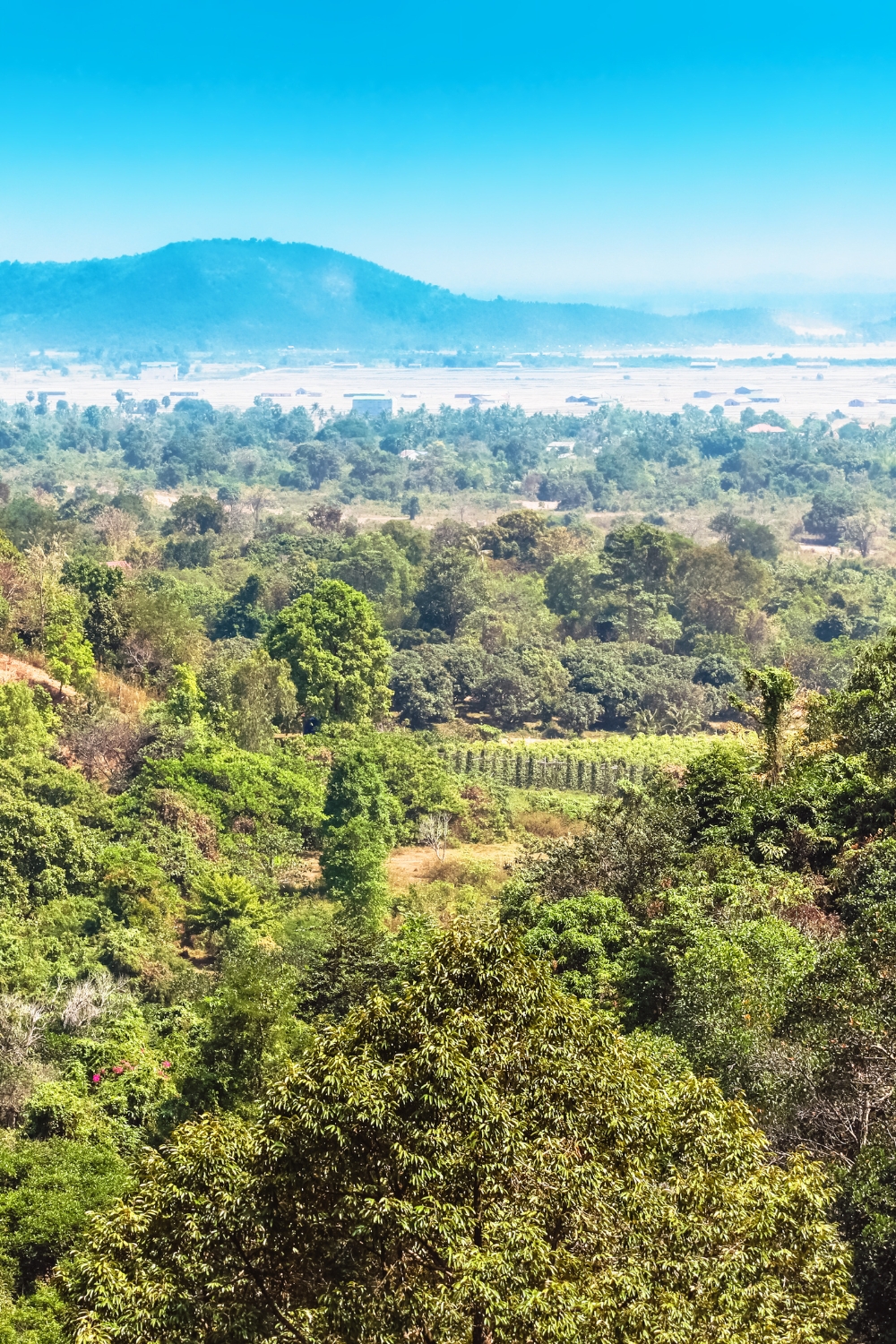
Kep National Park protects 50 square kilometers of coastal forest, hiking trails, and viewpoints that showcase the region’s natural beauty. The park’s well-maintained trail system makes it accessible to hikers of all levels while providing opportunities to observe local wildlife and plant species.
Hiking Trails and Forest Exploration
The main hiking circuit is an 8-kilometer loop that can be completed in 2-3 hours, passing through various forest ecosystems and offering multiple viewpoints. The trail is well-marked and maintained, making it suitable for independent exploration.
The forest supports diverse wildlife including monkeys, birds, and various reptile species. Early morning and late afternoon hikes provide the best opportunities for wildlife observation and the most comfortable temperatures for hiking.
Coastal Viewpoints and Photography
Several viewpoints along the trail offer spectacular panoramic views of the coastline, Rabbit Island, and the surrounding countryside. The elevated perspectives provide excellent photography opportunities and help visitors understand the region’s geography.
The park’s highest point offers 360-degree views that extend to Vietnam’s Phu Quoc Island on clear days. The combination of coastal and mountain scenery creates diverse photographic opportunities throughout the hike.
Trail length: 8 kilometers (loop)
Duration: 2-3 hours
Difficulty: Easy to moderate
Best time: Early morning or late afternoon
8. Kampot Salt Fields – Traditional Industry
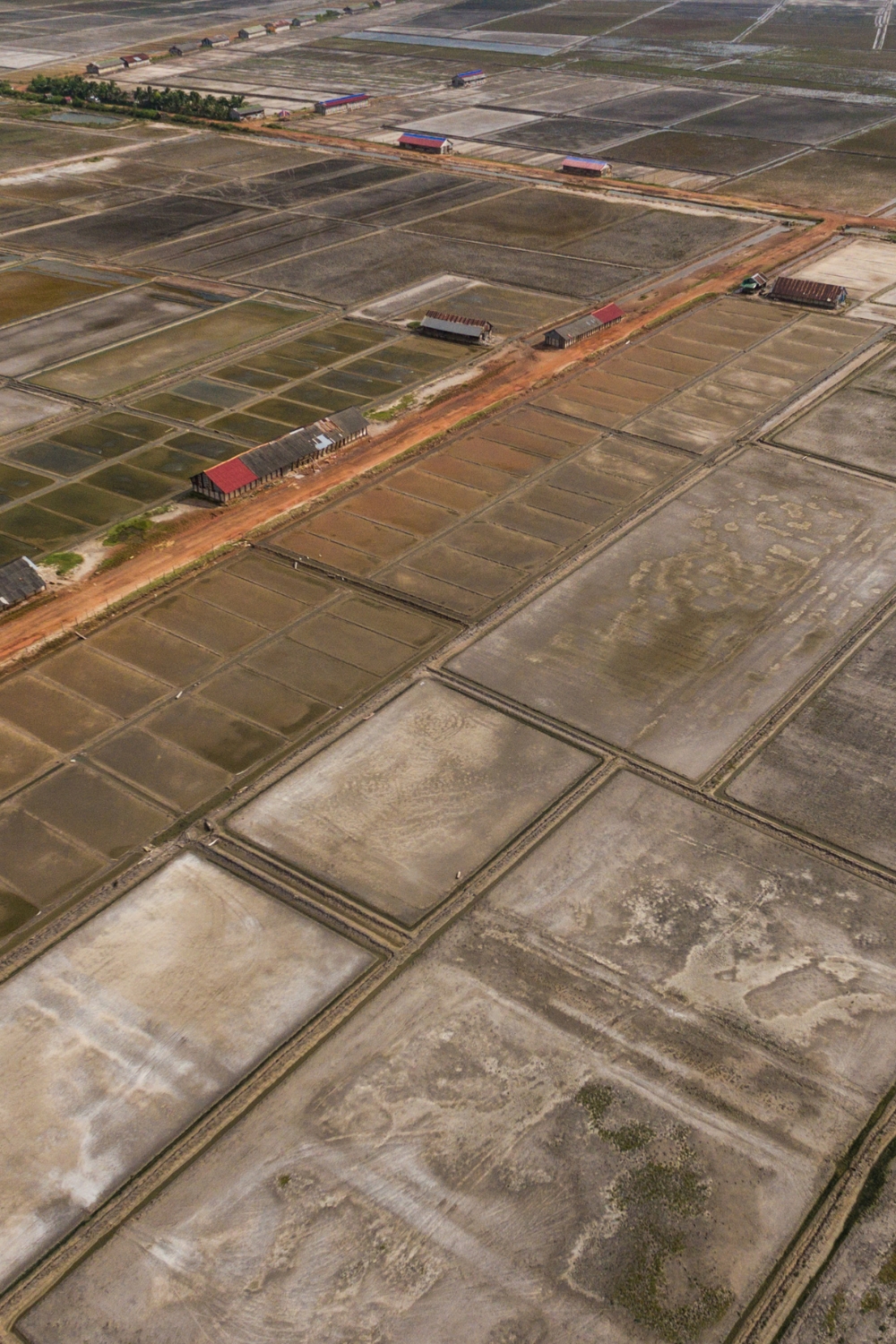
The salt fields around Kampot represent one of Cambodia’s oldest industries, with traditional production methods that have remained largely unchanged for centuries. Visiting these fields provides insight into sustainable salt production and the lives of salt farming families.
Traditional Salt Production
The salt fields use traditional evaporation methods, with seawater channeled into shallow ponds where the sun and wind gradually evaporate the water, leaving behind pure salt crystals. This process requires careful timing and weather management to produce high-quality salt.
The geometric patterns of the salt fields create stunning visual compositions, especially during sunrise and sunset when the water reflects the sky. The landscape changes throughout the salt-making season, offering different photographic opportunities.
Cultural and Economic Significance
Salt production provides livelihoods for many local families, with knowledge and techniques passed down through generations. Visiting the fields offers opportunities to meet salt farmers and learn about their traditional methods and daily routines.
The industry represents sustainable resource use that works in harmony with the coastal environment. The salt fields also serve as important wildlife habitat, particularly for various bird species that feed in the shallow waters.
Best time: Dry season (November-April)
Activities: Photography, cultural learning
Access: Bicycle or motorbike tours available
Cultural value: Traditional industry, local livelihoods
9. Koh Tonsay Beach (Kep Beach) – Coastal Relaxation
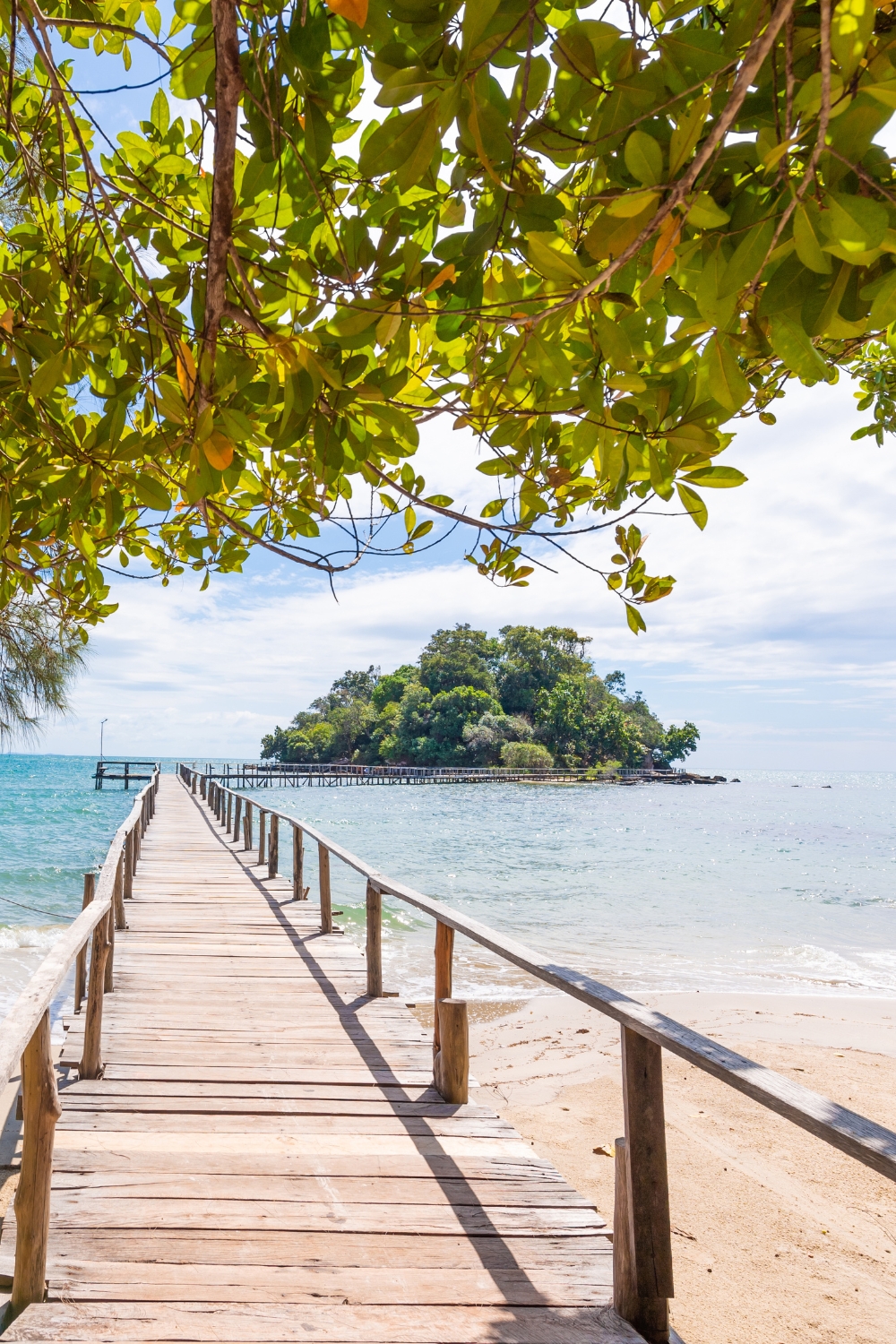
Kep Beach, the main beach area of Kep town, offers a perfect combination of coastal relaxation and local culture. This tree-lined beach provides a peaceful escape with calm waters, local seafood vendors, and stunning sunset views.
Beach Atmosphere and Activities
The beach features calm, shallow waters perfect for swimming and relaxation. Palm trees and other tropical vegetation provide natural shade, while the absence of aggressive vendors creates a peaceful atmosphere for beach activities.
Local vendors offer fresh coconuts, tropical fruits, and simple seafood dishes prepared on the beach. The relaxed pace and affordable prices make it easy to spend entire days enjoying the beach environment.
Sunset Views and Evening Atmosphere
Kep Beach offers some of the region’s most spectacular sunset views, with the sun setting over the Gulf of Thailand. Evening visits provide cooler temperatures and magical lighting that transforms the coastal landscape.
The beach comes alive in the evening with local families and visitors gathering to enjoy the sunset. Food vendors increase their offerings during sunset hours, creating a casual evening market atmosphere.
Best time: Late afternoon for sunsets
Activities: Swimming, sunbathing, dining
Atmosphere: Peaceful, local, family-friendly
Facilities: Basic restaurants, parking
10. Teuk Chhou Zoo and Rapids – Family Adventure
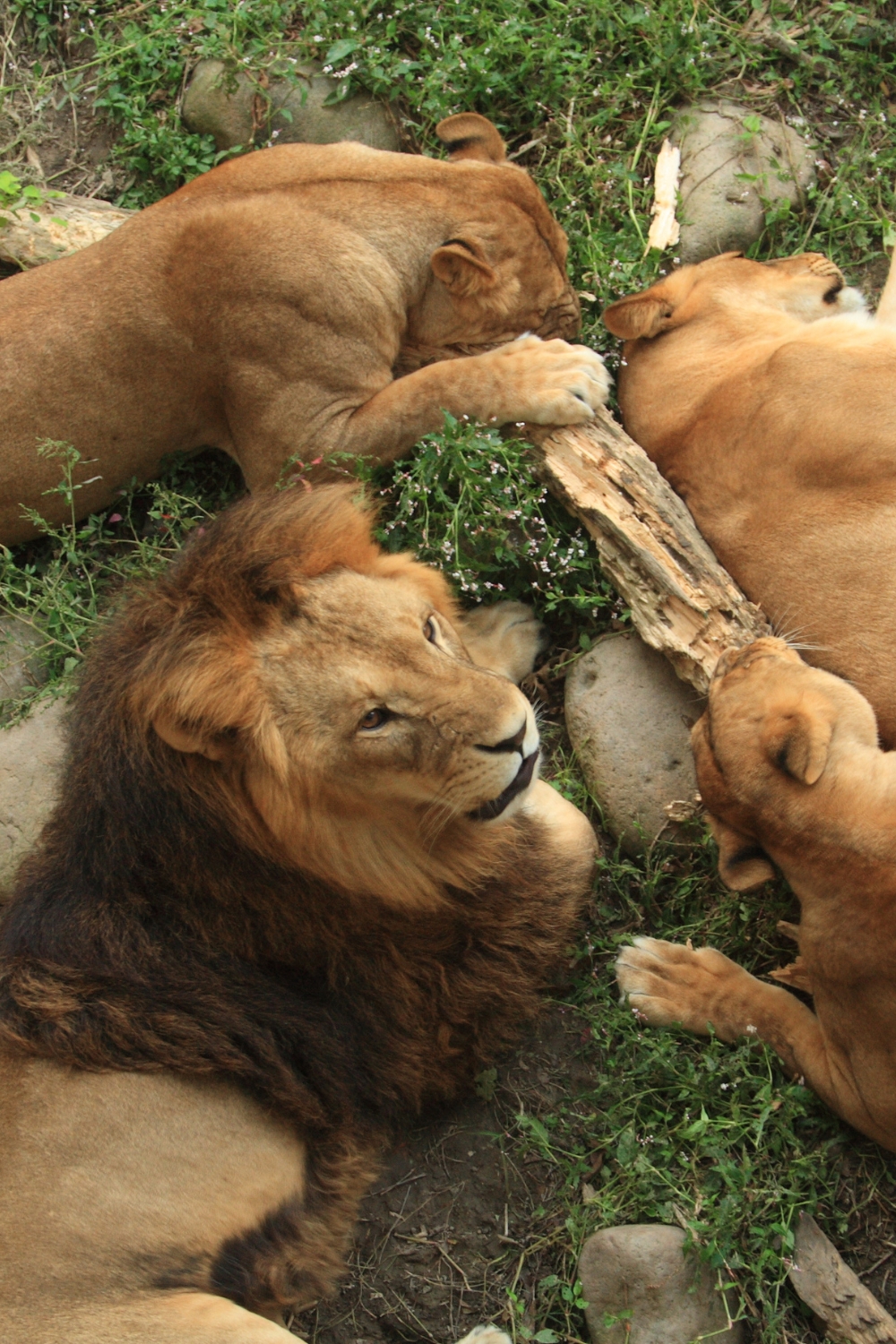
The Teuk Chhou Zoo and Rapids offer a perfect family-friendly destination combining wildlife observation with natural water features. Located at the base of the Elephant Mountains, this attraction provides both educational and recreational opportunities.
Wildlife and Conservation
The zoo houses various Cambodian wildlife species including elephants, tigers, bears, and numerous bird species. While facilities are basic compared to international standards, the zoo plays an important role in wildlife conservation and education for local communities.
The natural setting in the foothills of the Elephant Mountains creates a more natural environment than typical urban zoos. Many animals are housed in relatively spacious enclosures that allow for more natural behaviors.
Natural Rapids and Swimming
The nearby rapids create natural swimming pools and water slides formed by limestone rock formations. The cool mountain water provides perfect relief from the tropical heat, making it a popular destination for both locals and visitors.
The rapids area includes basic facilities for picnicking and relaxation. The combination of wildlife viewing and natural water features makes it an ideal destination for families with children.
Distance from Kampot: 8 kilometers
Entry fee: $3 USD
Best for: Families, wildlife enthusiasts
Activities: Swimming, wildlife viewing, picnicking
Planning Your Kampot & Kep Adventure
Getting There and Around
Both Kampot and Kep are easily accessible from Phnom Penh by bus, taxi, or private car. The journey takes approximately 3-4 hours through scenic countryside. Regular bus services connect both towns to major Cambodian cities.
Within the region, tuk-tuks, motorbike taxis, and bicycle rentals provide flexible transportation options. Many attractions are within cycling distance, making bicycles an excellent way to explore at your own pace while enjoying the rural scenery.
Best Time to Visit
Dry Season (November-April): Perfect weather with minimal rainfall and comfortable temperatures. This peak season offers ideal conditions for all outdoor activities but brings higher prices and more crowds.
Wet Season (May-October): Fewer visitors and lush landscapes, though some roads may be challenging during heavy rains. The countryside is most beautiful during this time, with vibrant green rice fields and full waterfalls.
Where to Stay
Kampot: Offers the widest range of accommodation options, from budget guesthouses to boutique hotels in restored colonial buildings. The riverside area provides the most atmospheric locations.
Kep: Features beachfront resorts and eco-lodges that take advantage of the coastal setting. Options range from budget bungalows to luxury resorts with stunning ocean views.
Local Cuisine and Specialties
Don’t miss trying the famous Kep crab with Kampot green peppercorns, considered one of Cambodia’s greatest culinary experiences. Fresh seafood, tropical fruits, and traditional Khmer dishes are available throughout both towns at very reasonable prices.
Conclusion
Kampot and Kep offer an extraordinary combination of natural beauty, cultural heritage, and culinary excellence that creates an unforgettable travel experience. From the mystical mountain landscapes of Bokor National Park to the pristine beaches of Rabbit Island, from world-famous pepper plantations to colonial architectural treasures, these destinations provide diverse experiences that satisfy every type of traveler.
What makes this region truly special is its authentic character and relaxed pace of life. Unlike more developed tourist destinations, Kampot and Kep maintain their genuine charm while offering comfortable facilities and warm hospitality. The close proximity of both towns allows visitors to experience coastal and riverside environments, mountain adventures and beach relaxation, all within a compact area.
These ten must-visit places represent the highlights of what Kampot and Kep offer, but they’re just the beginning of the discoveries awaiting visitors to this remarkable region. The combination of affordability, authenticity, and natural beauty makes these destinations perfect for travelers seeking genuine experiences away from crowded tourist areas.
Whether you’re interested in adventure activities, cultural immersion, culinary exploration, or simply relaxing in beautiful surroundings, Kampot and Kep deliver experiences that will exceed your expectations. The region’s unique blend of French colonial heritage, traditional Cambodian culture, and stunning natural landscapes creates memories that last a lifetime.
Start planning your visit to Cambodia’s hidden coastal gems, and prepare to discover why Kampot and Kep are rapidly becoming some of Southeast Asia’s most beloved destinations.
